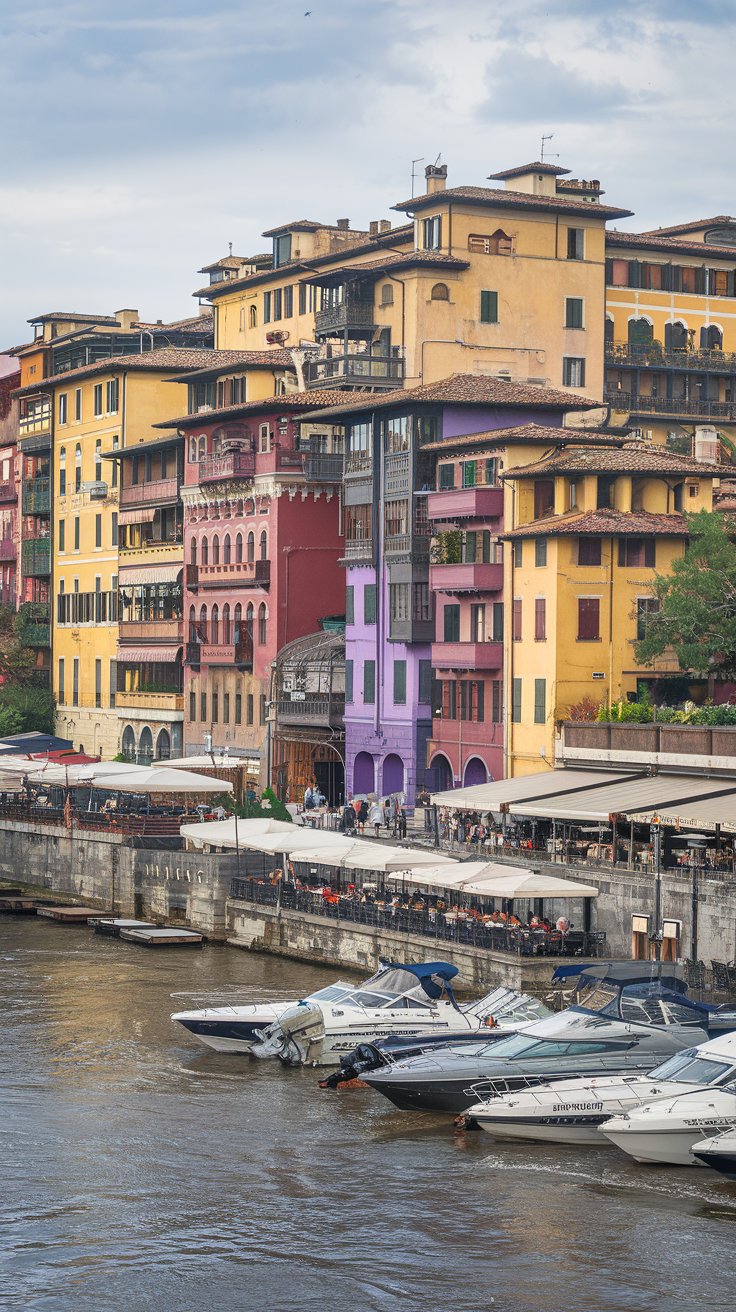Portugal may be small in size, but it offers an enormous variety of cultural experiences, historical landmarks, and stunning natural beauty. Tucked along the Atlantic coast of the Iberian Peninsula, it stands out as one of Europe’s most visited destinations, thanks to its scenic coastline and rich heritage. Its compact geography means you can explore more in less time—especially when compared to its larger neighbor, Spain.
With a mild climate throughout the year, Portugal is a great destination no matter the season. From ancient Roman ruins to Moorish architecture and charming villages, the country is filled with timeless treasures waiting to be discovered.
10. Alcobaça Monastery
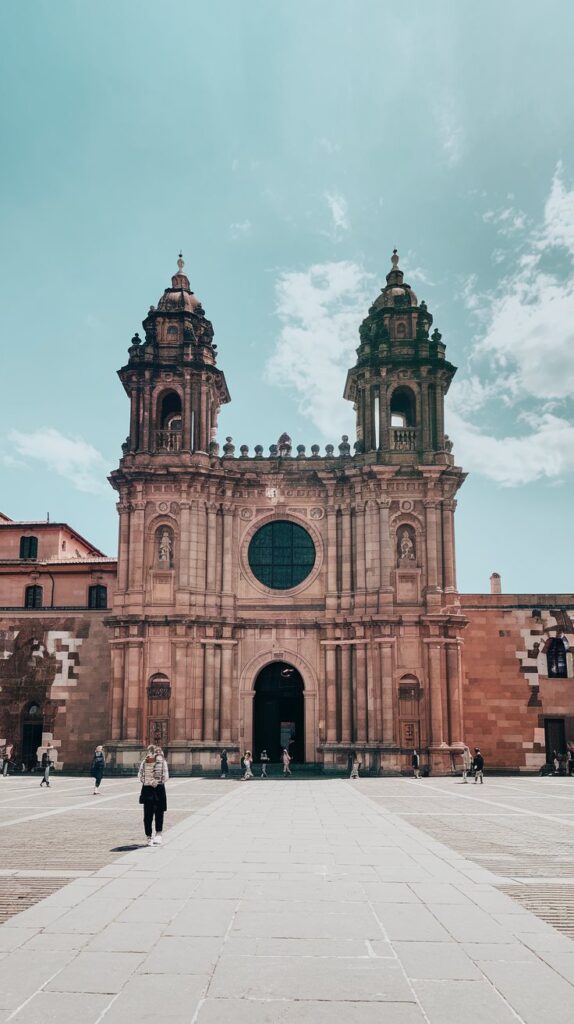
Located in central Portugal, the Alcobaça Monastery is one of the most important Gothic landmarks in the country. It was founded in 1153 by King Afonso Henriques, Portugal’s first monarch, and has remained closely tied to the nation’s royal history ever since.
This magnificent Roman Catholic monastery, along with the Monastery of Santa Cruz in Coimbra, played a major role in medieval religious life. With its elegant arches and soaring ceilings, Alcobaça remains a stunning example of Gothic architecture in the Iberian Peninsula.
9. University of Coimbra
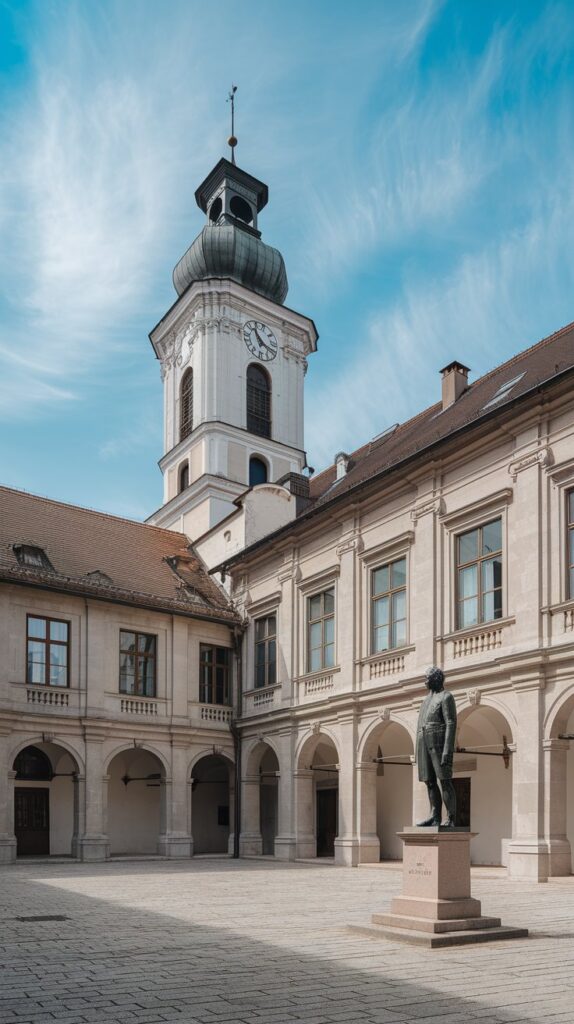
Founded in 1290, the University of Coimbra is one of the oldest universities in continuous operation in Europe. It’s also one of Portugal’s largest, with around 20,000 students enrolled today. But beyond its academic significance, the university is a must-see for its architectural gems.
Among its highlights is the Biblioteca Joanina, a grand 18th-century Baroque library commissioned by King João V. Meanwhile, the historic Sala dos Capelos—once the royal throne room—is where graduates still receive their doctorates in ceremonial fashion.
8. Capela dos Ossos

Evora’s Capela dos Ossos, or “Chapel of Bones,” is not for the faint of heart. Constructed by 16th-century monks, this eerie chapel was their creative solution to overcrowded cemeteries. Rather than bury the remains, they built a chapel and decorated it entirely with bones.
Inside the Gothic Church of St. Francis, the Capela dos Ossos contains the bones of roughly 5,000 people. Skulls, femurs, and other skeletal parts are arranged in intricate patterns on the walls and ceiling, creating an atmosphere unlike any other in Portugal.
7. Cabo Girão
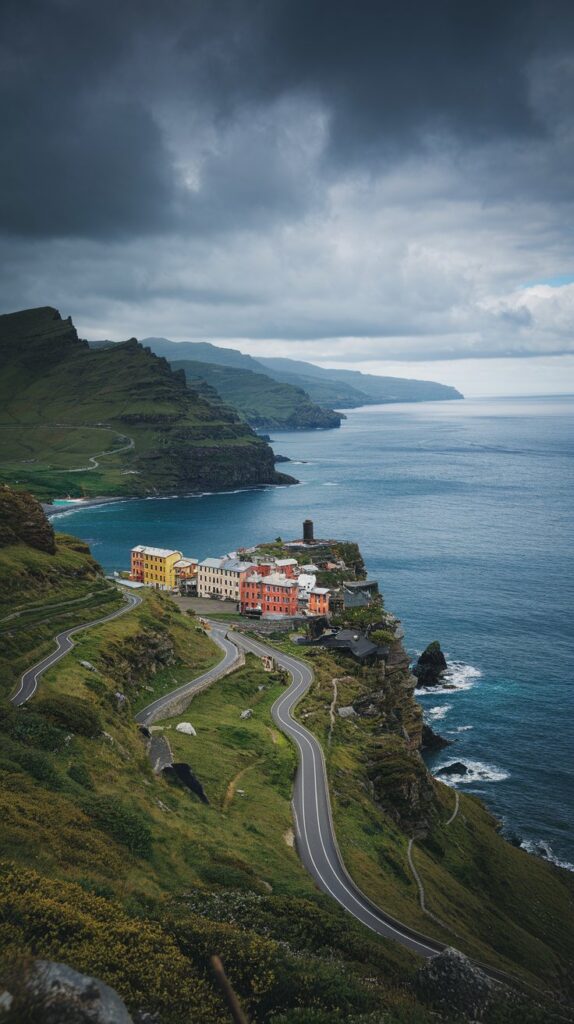
On the southern coast of Madeira lies Cabo Girão, one of the highest sea cliffs in all of Europe. Towering at 570 meters (1,870 feet), this cliff offers breathtaking views of the Atlantic and the coastline below.
In 2012, a glass-bottomed skywalk was added to the viewpoint, allowing visitors to step out over the cliff edge for an even more thrilling experience. Whether you’re a photographer or just a nature lover, the panoramic scenery here is unforgettable.
6. São Jorge Castle
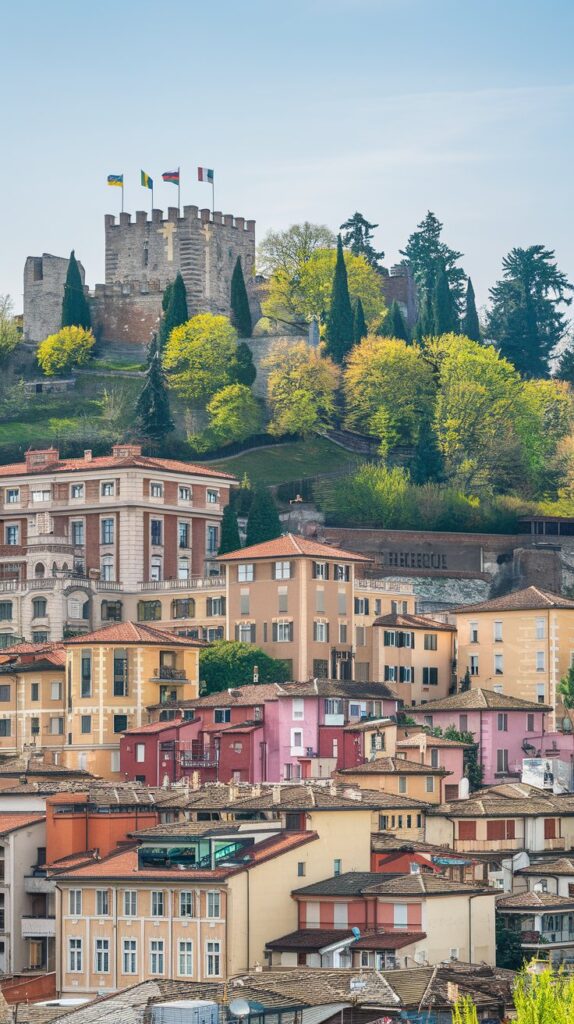
Perched atop a hill in Lisbon, São Jorge Castle dominates the city’s skyline and provides sweeping views of the capital. Originally built by the Romans, the castle was later fortified by the Moors in the 10th century and captured during the Second Crusade in 1147.
Once the royal residence of King Alfonso III, the castle has witnessed centuries of Portuguese history. Though much of it has been rebuilt over time, 18 towers and thick stone walls remain, inviting visitors to walk through its storied past.
5. Óbidos Castle
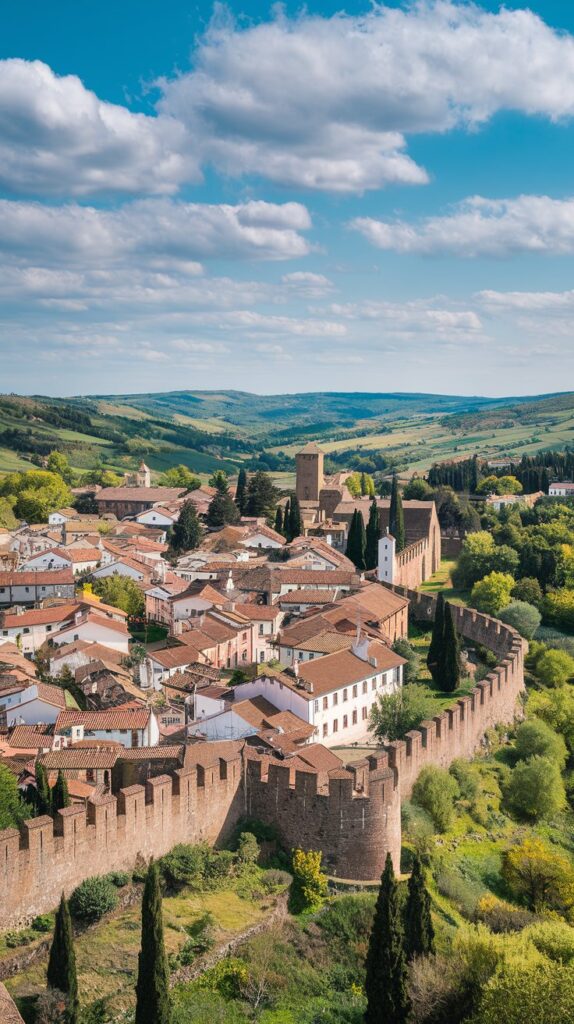
Sitting proudly on a hilltop overlooking the charming town of Óbidos, this medieval castle dates back to the 8th century and was later remodeled during the 14th century. Its history includes everything from battles to royal weddings.
Today, Óbidos Castle is more than just a historical site—it houses a luxurious pousada, or heritage hotel. In July, it becomes the center of a lively medieval market where costumed performers, jousting matches, and food stalls bring the past vividly to life.
4. Cais da Ribeira

In the heart of Porto, the Cais da Ribeira district captures the spirit of the city. Often called “the soul of Porto,” this lively waterfront neighborhood is a blend of medieval alleyways and riverside cafés.
The district buzzes with activity, especially during festivals and feast days. The bronze cube sculpture in the center square adds a modern touch, while nearby, you can visit the birthplace of Prince Henry the Navigator—one of Portugal’s greatest explorers.
3. Praia da Marinha

Praia da Marinha is a true postcard-perfect beach along the Algarve coast. Set against dramatic cliffs and bathed in turquoise waters, this small cove is widely regarded as one of the most beautiful beaches in Europe.
The calm, crystal-clear water makes it ideal for snorkeling, and its dramatic rock formations are frequently featured in travel magazines. Just a 30-minute drive from Albufeira, it’s easily accessible and offers free parking for visitors.
2. Belém Tower
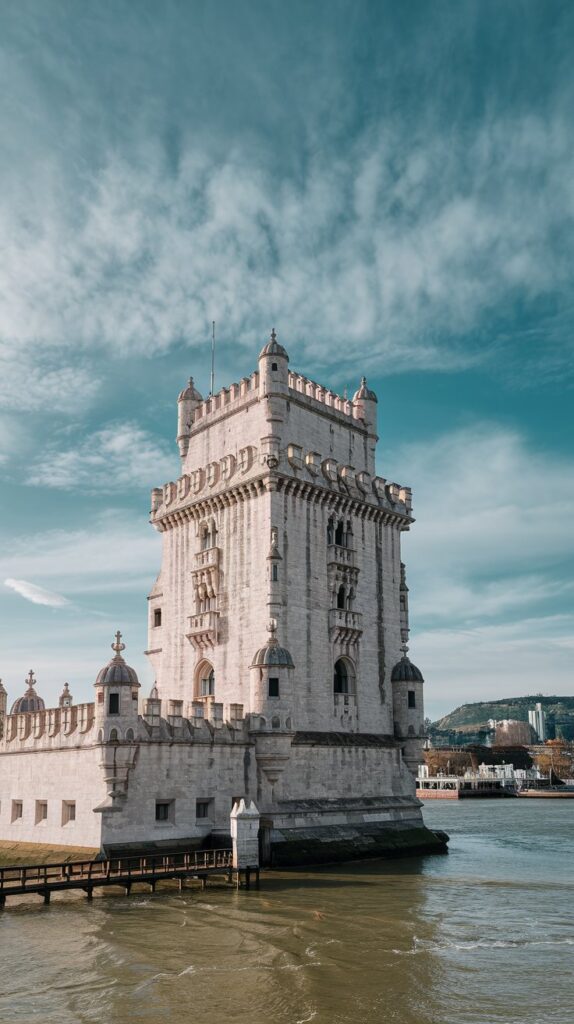
Standing watch over the Tagus River in Lisbon, the Belém Tower is a symbol of Portugal’s Age of Discovery. Built in 1515, the tower served as both a fortress and a ceremonial gateway to the city for explorers returning home.
The limestone structure features four stories and an attached bastion equipped with cannons. At its front stands a statue of Our Lady of Safe Homecoming—a tribute to the sailors who once ventured into the unknown seas.
1. Pena National Palace
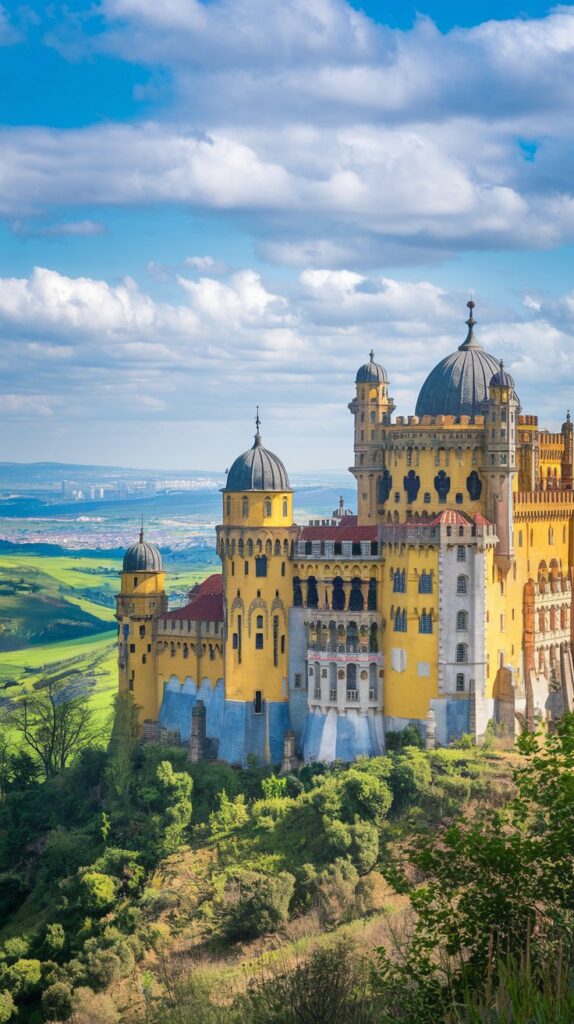
Crowning the hilltops of Sintra like something from a storybook, the Pena National Palace is one of Portugal’s most iconic landmarks. It was designed by King Ferdinand II in the 19th century and showcases a whimsical mix of Moorish, Manueline, and Romantic architectural styles.
Originally built on the site of a medieval chapel, this colorful palace has become a symbol of Portugal’s artistic and cultural renaissance. On cloudy days, it appears to float above the mist; on clear days, it can be seen all the way from Lisbon.

